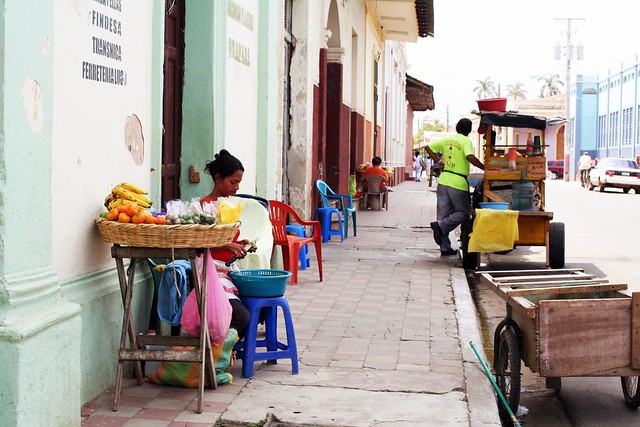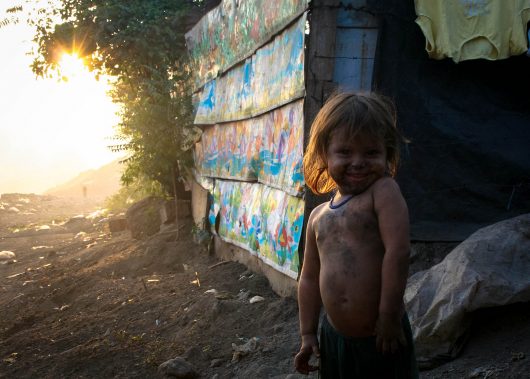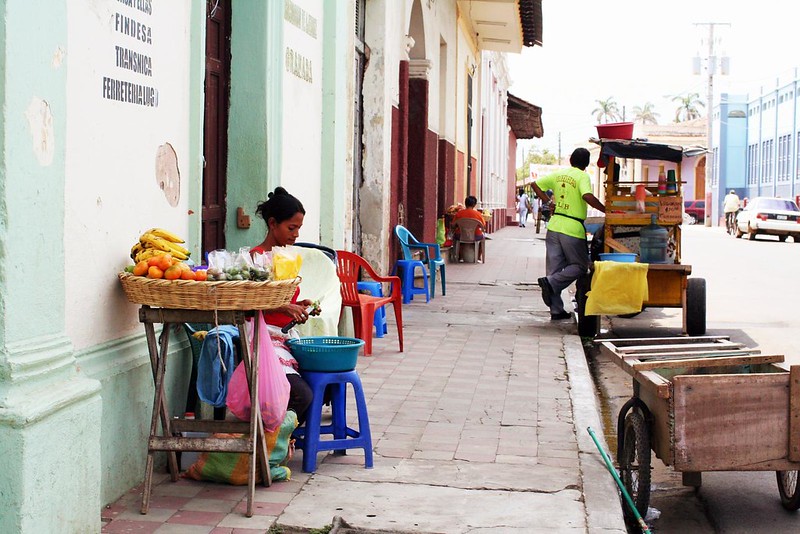 In the 2024 Global Gender Gap Report, Nicaragua ranked sixth in narrowing gender gaps nationally–the only country in the Americas to rank in the top 10. Narrowing the gender gap entails eradicating the difference in outcomes for and opportunities offered to men and women, which fits into SDG 5. The gender wage gap is a specific manifestation of gender inequality. This gap encompasses the difference between men’s and women’s median financial earnings. While this statistic represents income generally, the issue of women receiving lower wages than men for the same job adds to this difference.
In the 2024 Global Gender Gap Report, Nicaragua ranked sixth in narrowing gender gaps nationally–the only country in the Americas to rank in the top 10. Narrowing the gender gap entails eradicating the difference in outcomes for and opportunities offered to men and women, which fits into SDG 5. The gender wage gap is a specific manifestation of gender inequality. This gap encompasses the difference between men’s and women’s median financial earnings. While this statistic represents income generally, the issue of women receiving lower wages than men for the same job adds to this difference.
Through a variety of efforts, Nicaragua has decreased its gender wage gap by 80% since 2006. Decades-old initiatives such as the Nicaraguan Women’s Institute have set the stage for Nicaragua’s record levels of gender equality today, and more recent programs such as Better Work are doing on-the-ground work to fight for equal pay.
Nicaraguan Women’s Institute
The Nicaraguan government created the Nicaraguan Women’s Institute in 1987 as a body for spearheading gender equality policies. These policies influence areas of female inequality from domestic abuse to labor. The Women’s Institute targets Nicaraguan institutions, providing strategies that will sustainably enact gender equality over time.
While the institute implemented many of its programs some time ago, the foundation it laid has allowed Nicaragua to reach its impressively narrow gender wage gap today. Many of its programs have targeted a wide range of areas in a woman’s life beyond wages, including health and education. These strategies, such as the National Program of Gender Equity, may have helped women gain access to employment, decreasing the gender wage gap.
Better Work
Better Work is an initiative that increases factories’ compliance with labor standards from the International Labor Organization (ILO). This program is a joint initiative from the ILO and the International Finance Corporation (IFC).
Better Work examines a factory’s labor conditions and shares its findings with major companies. Since many of today’s companies prefer to work with ethical factories for reputational issues, noncompliance with ILO standards is penalized.
Gender equality is a core element of Better Work’s approach. Better Work uses training and advisory services to help factories adhere to ILO standards, with gender equality strategies fully integrated into these efforts. Complying with gender equality, such as wage equality, is therefore incorporated into complying with ILO labor standards.
Since its establishment in Nicaragua in 2010, Better Work has worked with 32 Nicaraguan factories, 20 brands, and more than 45,000 workers. The initiative specifically targets the gender wage gap by fighting for shorter hours and higher wages for women to match those made by men. Industry labor accounts for almost a fifth of employment in Nicaragua, meaning Better Work’s efforts can reach a significant portion of the population.
Gender Wage Gap in Nicaragua: Going Forward
The Nicaraguan Women’s Institute and Better Work can be expected to continue to make a positive impact on Nicaragua’s gender wage gap. Nicaragua still has a way to go until it reaches gender equality in the workforce, with a female employment rate of 54.9% and a male employment rate of 75.9% in 2024.
Yet, the Women’s Institute’s institutional change strategy and Better Work’s advisory and incentive-based approach have already helped Nicaragua to decrease its gender wage gap by 80% since 2006, showcasing their effectiveness.
– Madison Fetch
Madison is based in Glasgow, Scotland and focuses on Business and Politics for The Borgen Project.
Photo: Flickr
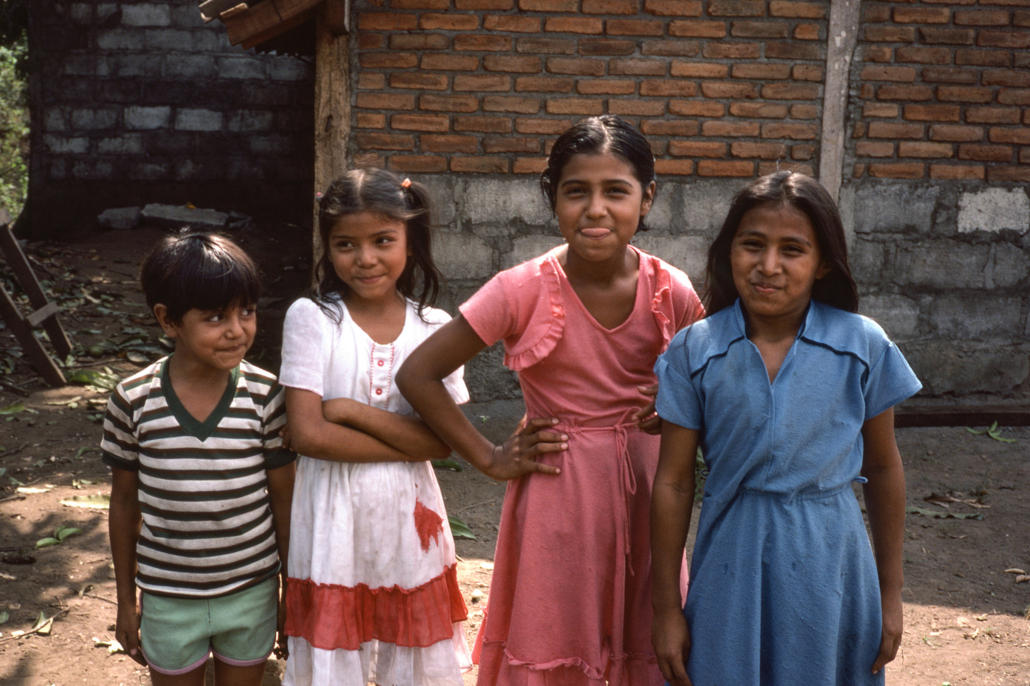
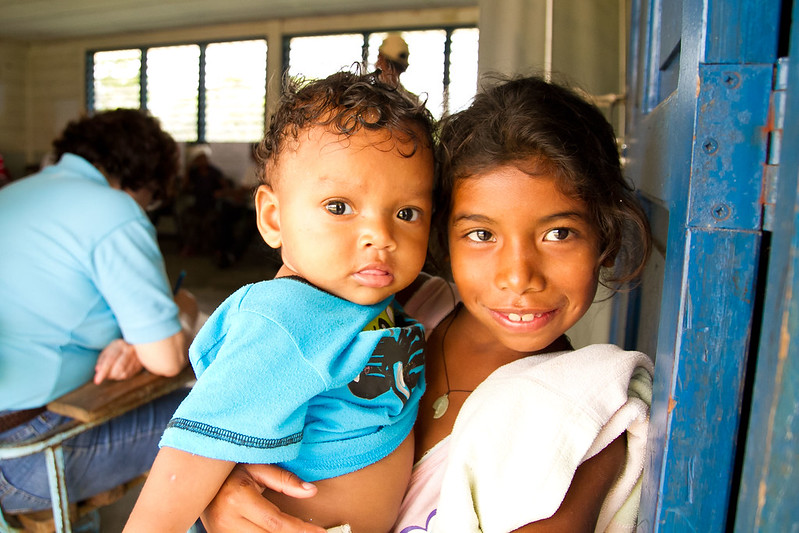 In
In 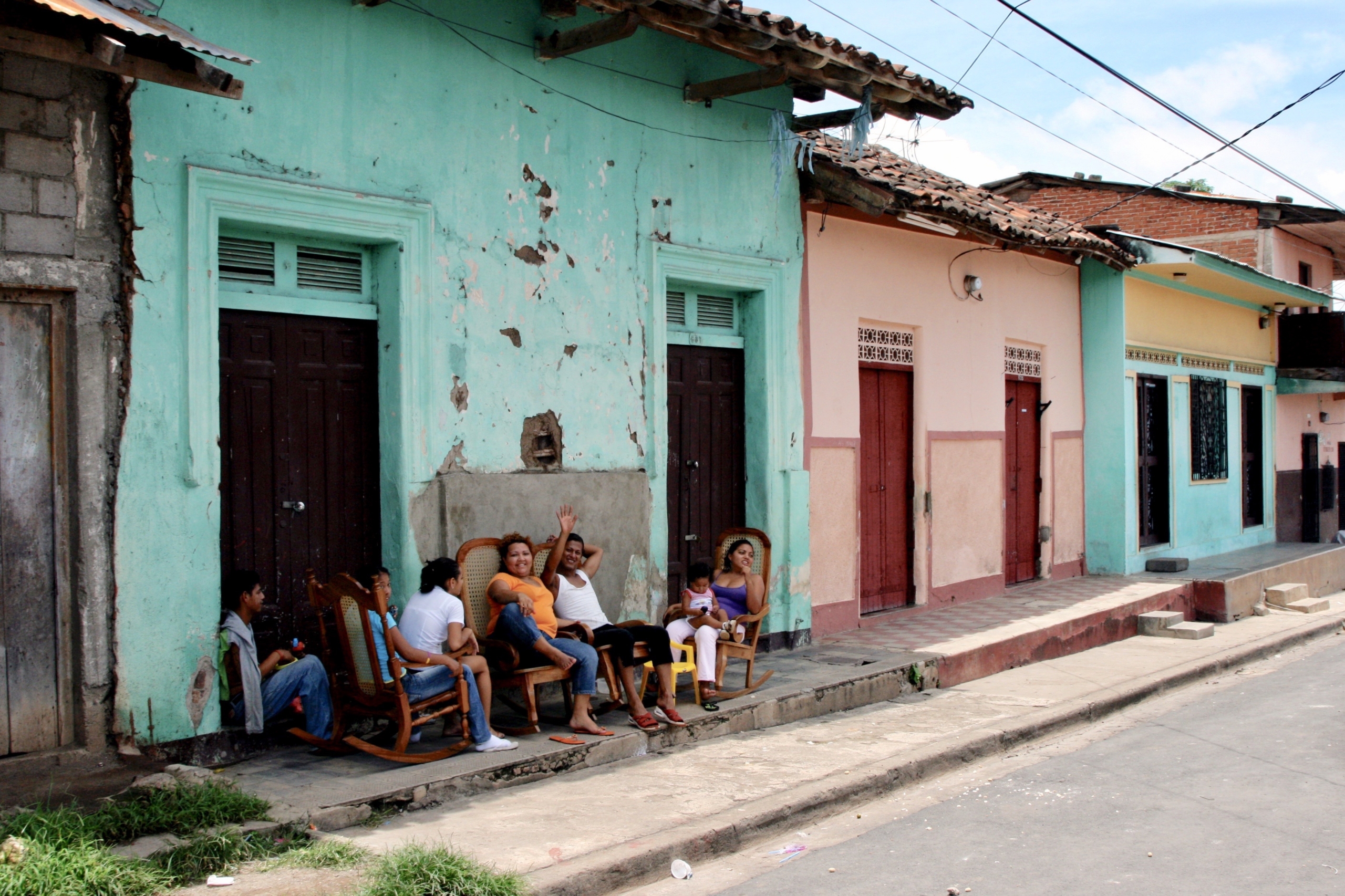 Mental health is a significant global health concern, and many countries are striving to find effective solutions. According to the 2022 World Mental Health Report,
Mental health is a significant global health concern, and many countries are striving to find effective solutions. According to the 2022 World Mental Health Report, 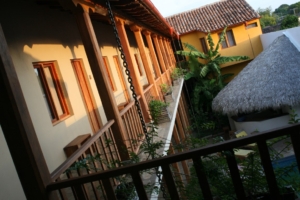 Hotel con Corazón opened its doors in 2008 after founders Onno Oostveen and Marcel Zuidhof agreed they wanted to impact the world. The pair decided to start their journey in
Hotel con Corazón opened its doors in 2008 after founders Onno Oostveen and Marcel Zuidhof agreed they wanted to impact the world. The pair decided to start their journey in 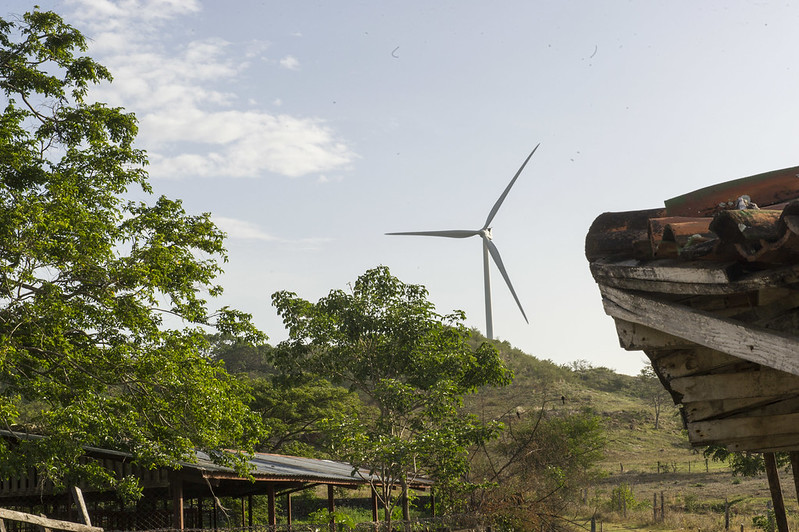 In the heart of Central America, Nicaragua is making waves in the realm of sustainable energy. Amidst economic challenges and a history of poverty, the country is taking significant strides toward a brighter future by tapping into a vast and often underutilized resource—the power of the wind. The advent of wind power in Nicaragua, through groundbreaking initiatives in harnessing wind energy, not only addresses its energy needs but also catalyzes poverty alleviation.
In the heart of Central America, Nicaragua is making waves in the realm of sustainable energy. Amidst economic challenges and a history of poverty, the country is taking significant strides toward a brighter future by tapping into a vast and often underutilized resource—the power of the wind. The advent of wind power in Nicaragua, through groundbreaking initiatives in harnessing wind energy, not only addresses its energy needs but also catalyzes poverty alleviation.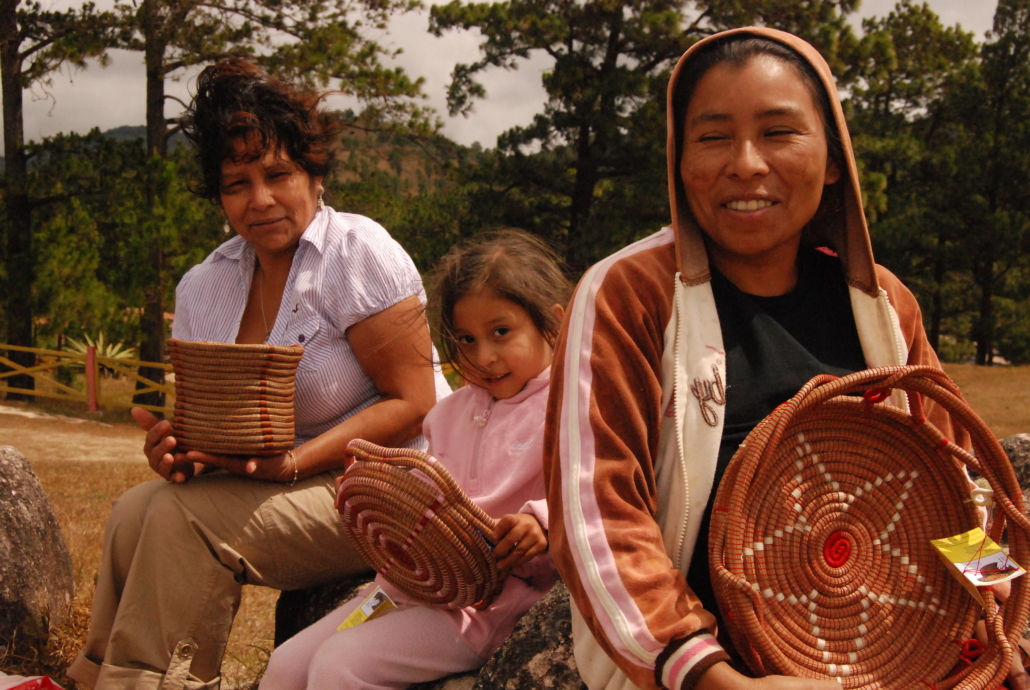
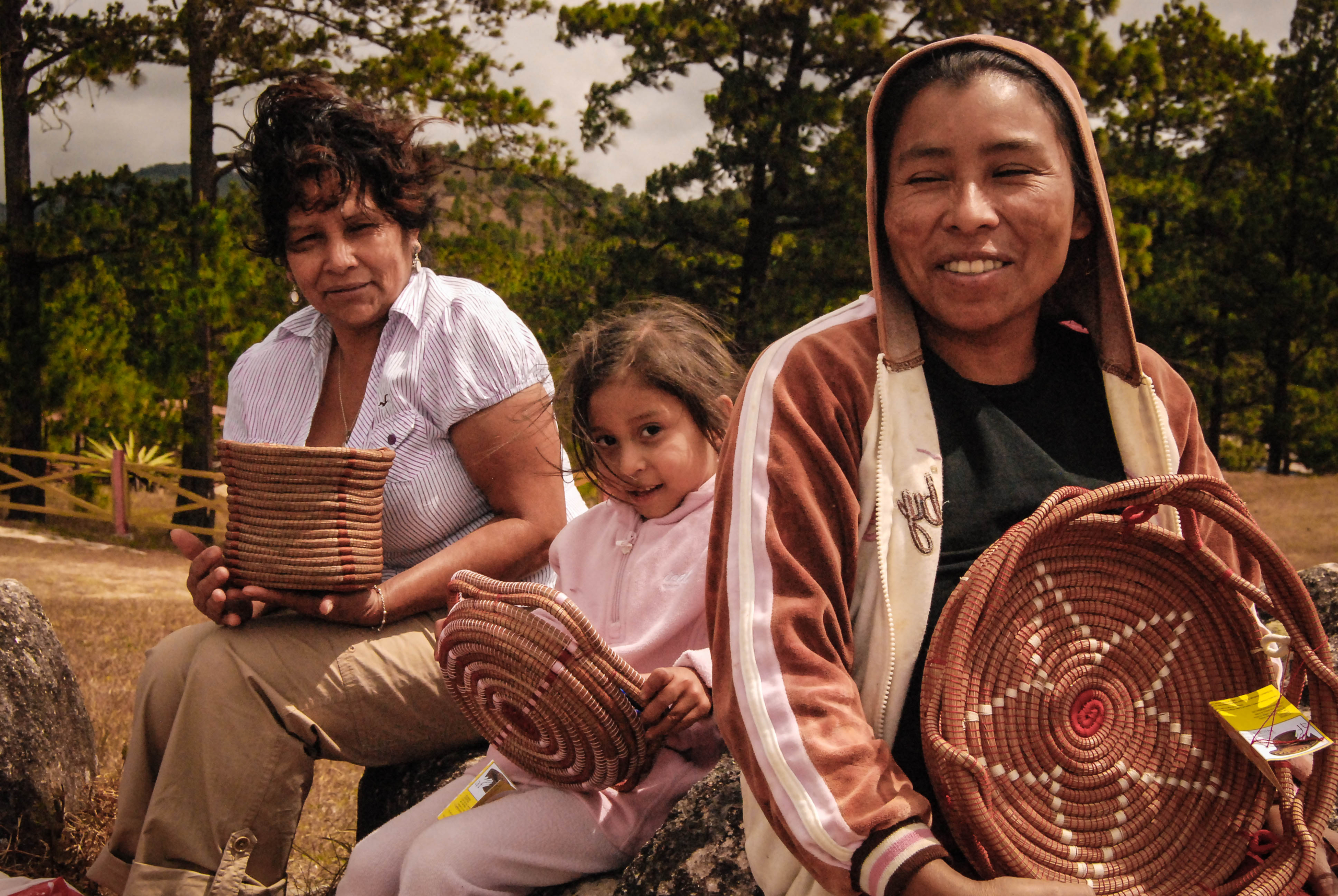 Nicaragua ranks among the countries in Latin America with low-income levels. Its population of 6.5 million faces challenges,
Nicaragua ranks among the countries in Latin America with low-income levels. Its population of 6.5 million faces challenges, 